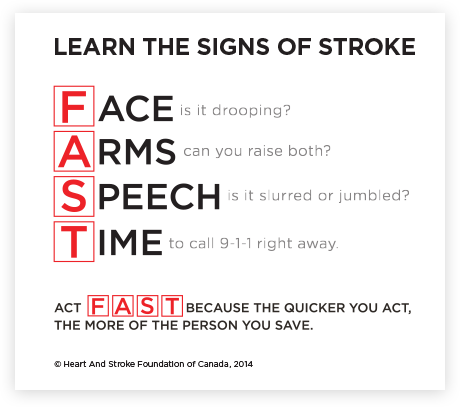February is Heart Month and while many of our blog posts will focus on prevention through good health habits, we want to also provide you with some tips for recovery. Below is some excellent information from the Canadian Association of Occupational Therapists (CAOT) on the role of Occupational Therapy in heart attack recovery. As a heart attack is a life-altering event, often requiring permanent lifestyle changes, occupational therapists can help people to recover from the initial incident, to rebuild a life of function, and to promote change that will help with prevention. Thanks to CAOT for your great description of how we help:
Take Heart. You can still do what’s important to you!
Heart disease has a major impact on an individual’s quality of life. It can lead to discomfort or chronic pain, activity limitations, disability and unemployment. “An estimated 345,000 Canadians aged 35 to 64 reported living with heart disease. More than a third (36%) of these reported needing help with household tasks or personal care” (Heart and Stroke Foundation of Canada, 1999). Heart disease requires lifestyle changes to prevent progression of the disease, further cardiac events and activity restrictions.
An occupational therapist in conjunction with other team members will help you determine what activities you can safely perform and how to modify activities to decrease the amount of energy required. This is important in achieving the maximum result from limited exercise capacity.
Try these occupational therapy strategies…
1. Use body mechanics: Smooth, rhythmic and repetitive motions are easier on your heart. Remember to breathe regularly. Avoid lifting or carrying heavy objects. Sit to work whenever possible, for example when ironing or chopping vegetables. Avoid lifting or carrying heavy objects. Slide objects or use a cart if possible. Change position frequently; this allows different muscles to work, increases circulation and prevents fatigue.
2. Simplify tasks: Break the activity into small steps, i.e. preparation, activity, clean-up and final phase. Take frequent small breaks throughout the activity rather than fewer long rest periods. Adjust work heights and areas to fit you. The most frequently used items should be located between waist and chest heights. Avoid working with arms above shoulder level.
3. Remember physical conditioning: Follow a regular cardiovascular exercise program as approved by your physician. An important element in maintaining cardiovascular activities is enjoyment; be creative – park a distance from work and walk in, join a mall walking program, exercise with a friend.
4. Recognize emotions: Anger, frustration, anxiety, and stress all increase the heart rate. Be aware of what creates stress for you and how you handle it. Try not to bottle up feelings – build your supports and talk to them. Decide on your priorities and learn when to say “No”. Pay attention to the activities that are stressful and schedule yourself accordingly, i.e. avoid unnecessary driving in rush hour and bad weather. Get enough sleep, rest, and maintain healthy eating habits. Work off tension appropriately.


